
SSC's First Year
On August 13, 2021, Space Systems Command was stood up as a U.S. Space Force (USSF) Field Command. Several leaders took time to reflect on what SSC has accomplished in its first year:
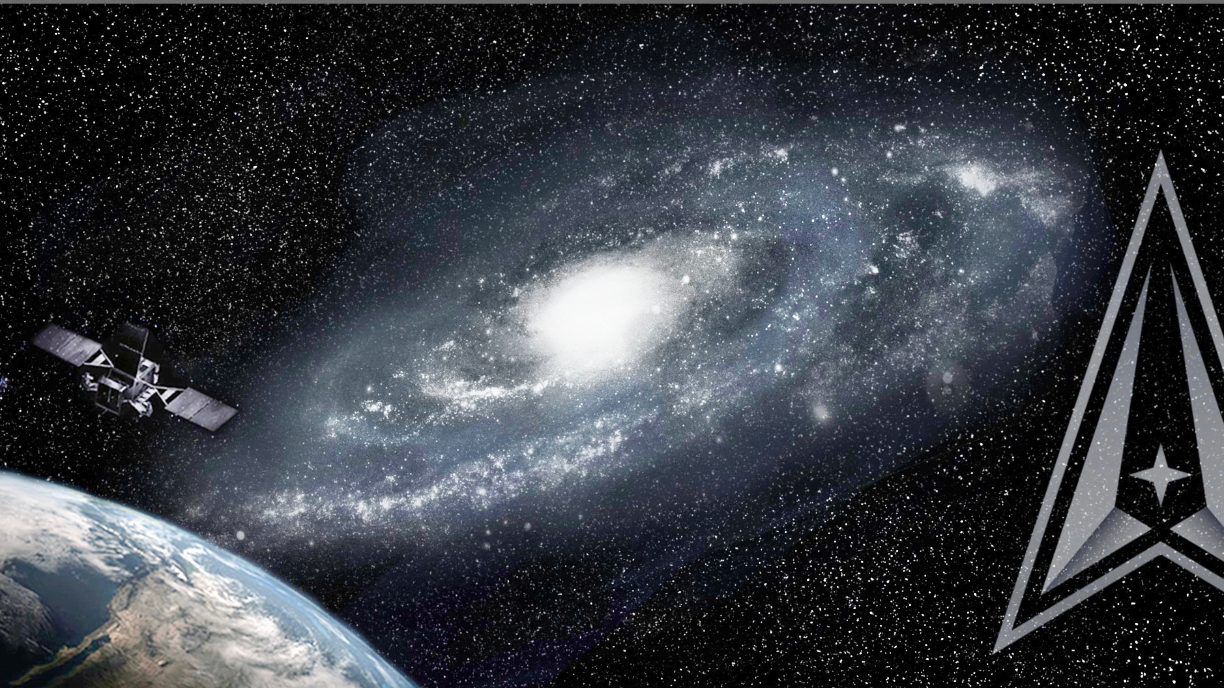
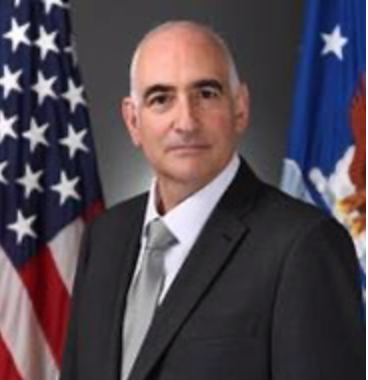
Frank Calvelli
“I’ve been impressed with what SSC has been able to accomplish with regard to changing the face of government space acquisition. By creating a unity of effort, building partnerships and delivering space capabilities on time and within budget, our warfighters have what they need to stay ahead of our adversaries and our nation’s assured access to space remains intact. It is time to bring fresh energy to acquisitions and SSC is a critical part of that effort.” — Frank Cavelli, Assistant Secretary of the Air Force for Space Acquisition and Integration
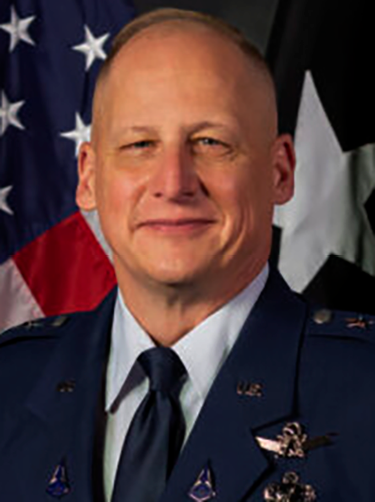
Lt. Gen. Michael
Guetlein
“I could not be more proud of all that SSC has achieved in its first year. SSC is a nearly 15,000 strong team spanning 18 sites across the U.S, including two Space Launch Deltas ensuring crucial assured access to space. SSC was purpose built to get after the threat by taking the best of breed organizational designs from MDA, NRO, and the RCOs. Never before has our collaboration and communication been stronger between our space acquisition partners. We have opened the door even more to our critical partners, big and small, making it quicker to collaborate and deliver advanced technology to the warfighters. Combined with dedicated teams who manage International Affairs, Warfighter Integration, Commercial Services, the SSC Front Door, and Space Systems Integration, we are laser focused on ensuring the U.S. stays ahead of the threat. We have accomplished a tremendous amount in our first year ensuring our American and allied space superiority.” — Lt. Gen. Michael Guetlein, Commander, SSC
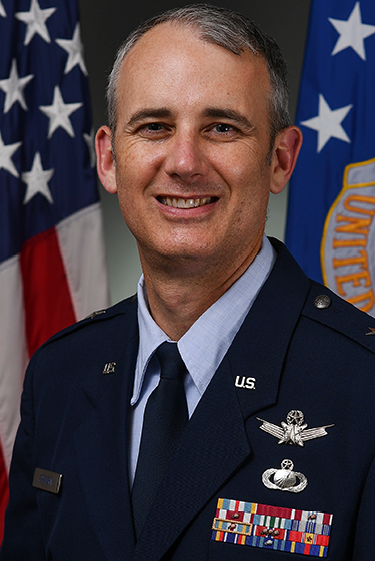
Brig. Gen. Jason
Cothern
“Through the first year of SSC, what has impressed me most is the men and women of this Command and their steadfast commitment to the mission while remaining flexible to the changes we’ve implemented. In the past twelve months, we’ve set out to transform how we acquire, build, and deliver robust space capabilities for our nation and its allies, and our people have stepped up to the plate and helped make that transformation a reality. We’ve been bolstering our partnerships to improve integration and make our combined architectures more resilient. The Guardians and Airmen of SSC continue to amaze me with their flexibility and dedication to the mission. I am excited to see what the future holds for us.” —Brig. Gen. Jason Cothern, Deputy Commander, SSC
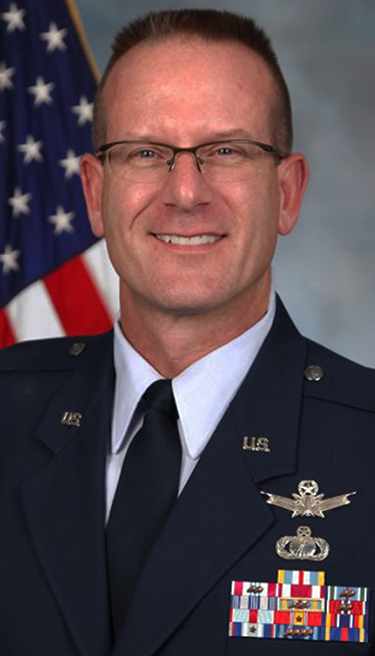
Brig. Gen. Timothy
Sejba
“Space Domain Awareness and Combat Power (SDACP) is the premier USSF leader in developing and fielding space domain- and combat power- related capabilities in support of National Security requirements. Battle Management Command, Control, and Communications delivers the resilient integrated Space C3 systems to enable timely multi-domain warfighting. Our performance and continued achievements in these areas has increased our nation’s ability to rapidly detect, warn, characterize and attribute both potential and real threats to national, allied and commercial space systems in, from and to space.” — Brig. Gen. Timothy Sejba, Program Executive Officer, Space Domain Awareness and Combat Power, and Battle Management Command, Control, and Communications, SSC
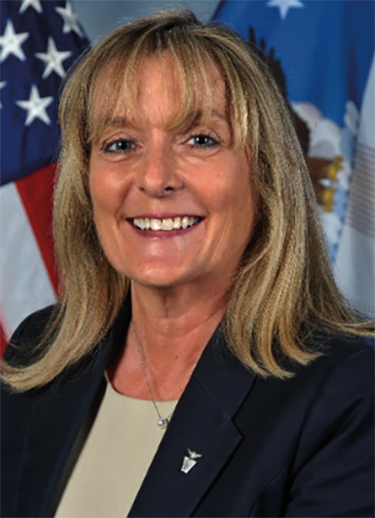
Joy White
“What I’m impressed about SSC in the first year: the resilience of our workforce. Standing up a new Command in the midst of a pandemic takes incredible fortitude and determination...our people, with laser focus on the threat, delivered. What’s next? SSC is embracing the changing space landscape in order to drive a resilient architecture by leveraging the ever-expanding commercial space industry and innovation. We’re optimizing acquisition for an entirely new space ecosystem.” — Joy White, Executive Director, SSC Col.
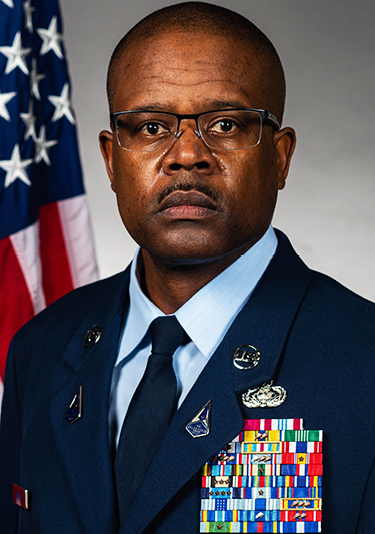
Chief M/Sgt Willie
Frazier, II
“SSC’s first year as a Field Command has been highly rewarding as well as challenging. We successfully moved through some significant changes to correctly align our organizational structure. Our people at every level have really stepped up to embrace this critical responsibility to look at our mission and our operations in new ways. SSC’s Guardians, Airmen and all our personnel support the U.S. Space Force, our sister services and allies by performing as a lean, agile, mission-focused Command. I’m especially excited about the future as we continue our digital transformation-- shifting from what has long-been a peacetime architecture - not envisioned for defensive operations - to a new resilient architecture able to survive kinetic and cyberattacks and more.” — Chief Master Sgt. Willie Frazier, II, Senior Enlisted Leader, SSC
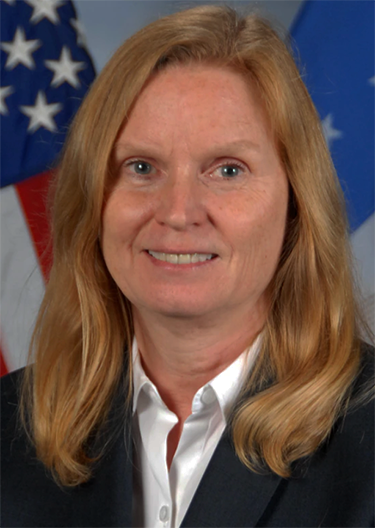
Dr. Claire Leon
“This is an exciting time for the Space Force and Space Systems Command. The Space Systems Integration Office is focused on the transition to resilient systems integrated across mission areas, to address the threat. We are also developing strategies to incorporate the tremendous innovation in the Command, and the subsequent March 2022 establishment of the Military Communications and Positioning, Navigation and Timing (MilComm & PNT ) directorate fundamentally changes the business of Military Satellite Communications (SATCOM) and Global Positioning Systems (GPS). The consolidation of SATCOM & PNT communities, inclusive of acquisition and mission sustainment, enables tight coordination across the DoD and space industry and leverage commercial services and international partners.” — Dr. Claire Leon, Director, Space Systems Integration Office, SSC
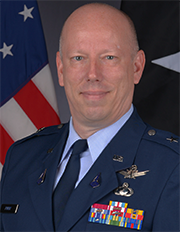
Brig. Gen. Stephen
Purdy
“I am most proud of the fact that we have achieved a record-breaking launch schedule and stood up a new PEO headquarters in the middle of a global pandemic. I’m excited about going faster! Increasing our launch rates to 100+ annually, onboarding 10 new rocket companies, and building flexible warfighterfocused acquisition strategies for future launch and on-orbit services.” — Brig. Gen. Stephen Purdy, Program Executive Officer, Assured Access to Space; Commander, Space Launch Delta 45; Director of Launch and Range Operations, SSC and Director of the Eastern Range, Patrick Space Force Base
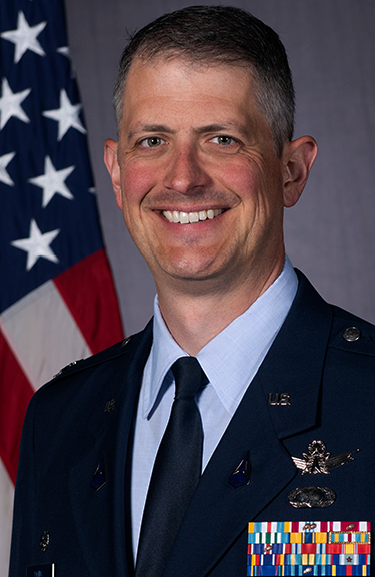
Col. Robert Long
“What’s most exciting about the past year is the pace of success we’ve set while managing through significant change including our own reorganization into Space Launch Delta 30 and the transition to Space Systems Command. Despite such dynamics, the team set records for operational agility, achieved a number of innovative firsts and crossed a significant milestone with our 2000th launch from Vandenberg. Space Launch Delta 30 is excited to keep pushing our transformation into a 21st century spaceport and test range while ensuring we remain a world-class, strategic platform for all of our mission partners. We look to build on our success over the past year as we strive to provide flawless, agile and innovative spaceport and range services for a diverse set of customers.” — Col. Robert Long, Commander, Space Launch Delta 30, SSC and Western Launch and Test Range, Vandenberg Space Force Base
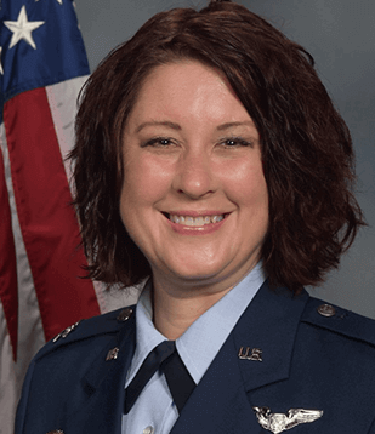
Col. Jennifer Krolikowski
“I’m reflecting on how far we’ve come over the last six months and what we’ve done to set us up for the efforts in the next six months. Things like pushing to fix our current IT and moving towards Project Enigma (the digital backbone for SSC and the USSF), deploying collaboration tools like Google Workspace/Atlassian products/etc., setting up environments like ARCUS and Digital Engineering clouds, and automating cyber insights by integrating Warp Core and eMASS - all these go towards setting up our customers for their success!” — Col. Jennifer Krolikowski, SSC Chief Information Officer
“I am most proud of the fact that we have achieved a record-breaking launch schedule and stood up a new PEO headquarters in the middle of a global pandemic. I’m excited about going faster! Increasing our launch rates to 100+ annually, commercial communities and streamlines the transition of capabilities from acquisition to operations. Today the energy must be different. I’m very proud of our professionals who are building resiliency into our future and current systems so we are ready to exceed the capabilities of our adversaries.” — Cordell DeLaPena, Program Executive Officer, Military Communications & Positioning, Navigation and Timing, SSC
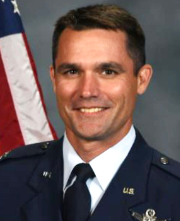
Col. Bradley Walker
“Since the Warfighting Integration Office was established in January of 2022, we have aggressively pursued collaboration opportunities with our space warfighting counterparts around the world. We are excited to announce that formal partnerships with our space counterparts at USINDOPACOM and USCENTCOM are already established, and agreements with many more Combatant Commands are in work. We look forward to utilizing these partnerships to continuously close the gap between the acquisitions and operations communities. In addition, look for us to bring acquisition-informed expertise to a wargame, exercise, or problem-solving venue near you!” — Col. Bradley Walker, Chief, Warfighting Integration Office, SSC
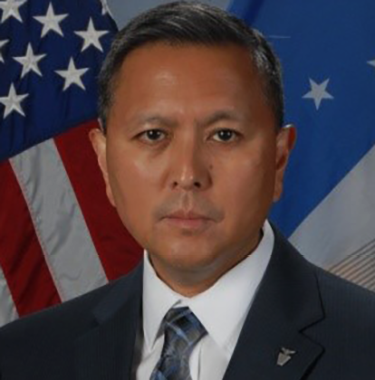
Cordell DeLaPena
“The August 2021 stand-up of Space Systems Command, and the subsequent March 2022 establishment of the Military Communications and Positioning, Navigation and Timing (MilComm & PNT ) directorate fundamentally changes the business of Military Satellite Communications (SATCOM) and Global Positioning Systems (GPS). The consolidation of SATCOM & PNT communities, inclusive of acquisition and mission sustainment, enables tight coordination across the DoD and commercial communities and streamlines the transition of capabilities from acquisition to operations. Today the energy must be different. I’m very proud of our professionals who are building resiliency into our future and current systems so we are ready to exceed the capabilities of our adversaries.” — Cordell DeLaPena, Program Executive Officer, Military Communications & Positioning, Navigation and Timing, SSC
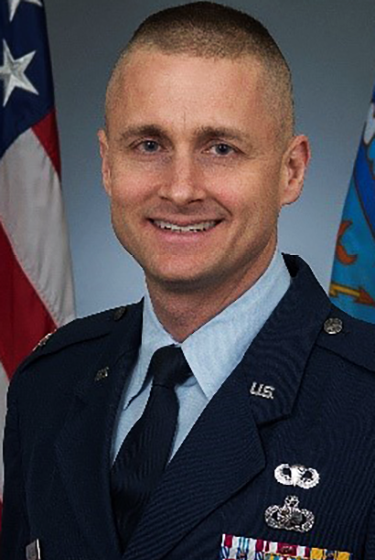
Col. Brian Denaro
“The threat is evolving at an unprecedented pace… we’re proud of the talented Guardians and Airmen and our industry partners who are ensuring we stay ahead of that threat. We’re leading end-to-end Missile Warning, Tracking, and Defense mission integration and spearheading the Space Force’s pivot to a more resilient architecture. With our partners, we’re rapidly demonstrating and delivering new missile warning and missile tracking capabilities with the GEO Wide Field of View Testbed just launched on July 1st followed shortly by SBIRS GEO-6 in August.”— Col. Brian Denaro, Program Executive Officer, Space Sensing, SSC
Space Systems Command is the U.S. Space Force field command responsible milestone with our 2000th launch from Vandenberg. Space Launch Delta 30 is excited to keep pushing our transformation into a 21st century spaceport and test range while ensuring we remain a world-class, strategic platform for all of our mission partners. We look to build on our success over the past year as we strive to provide flawless, agile and innovative spaceport for rapidly developing, acquiring, equipping, fielding and sustaining lethal and resilient space capabilities. SSC mission capability areas include launch acquisition and operations, communications and positioning, navigation and timing (PNT), space sensing, battle management command, control and communications (BMC3), and space domain awareness & combat power. SSC is headquartered at Los Angeles Air Force Base in El Segundo, California.
Contact Space Systems Command at SSC@spaceforce.mil or follow on LinkedIn.


